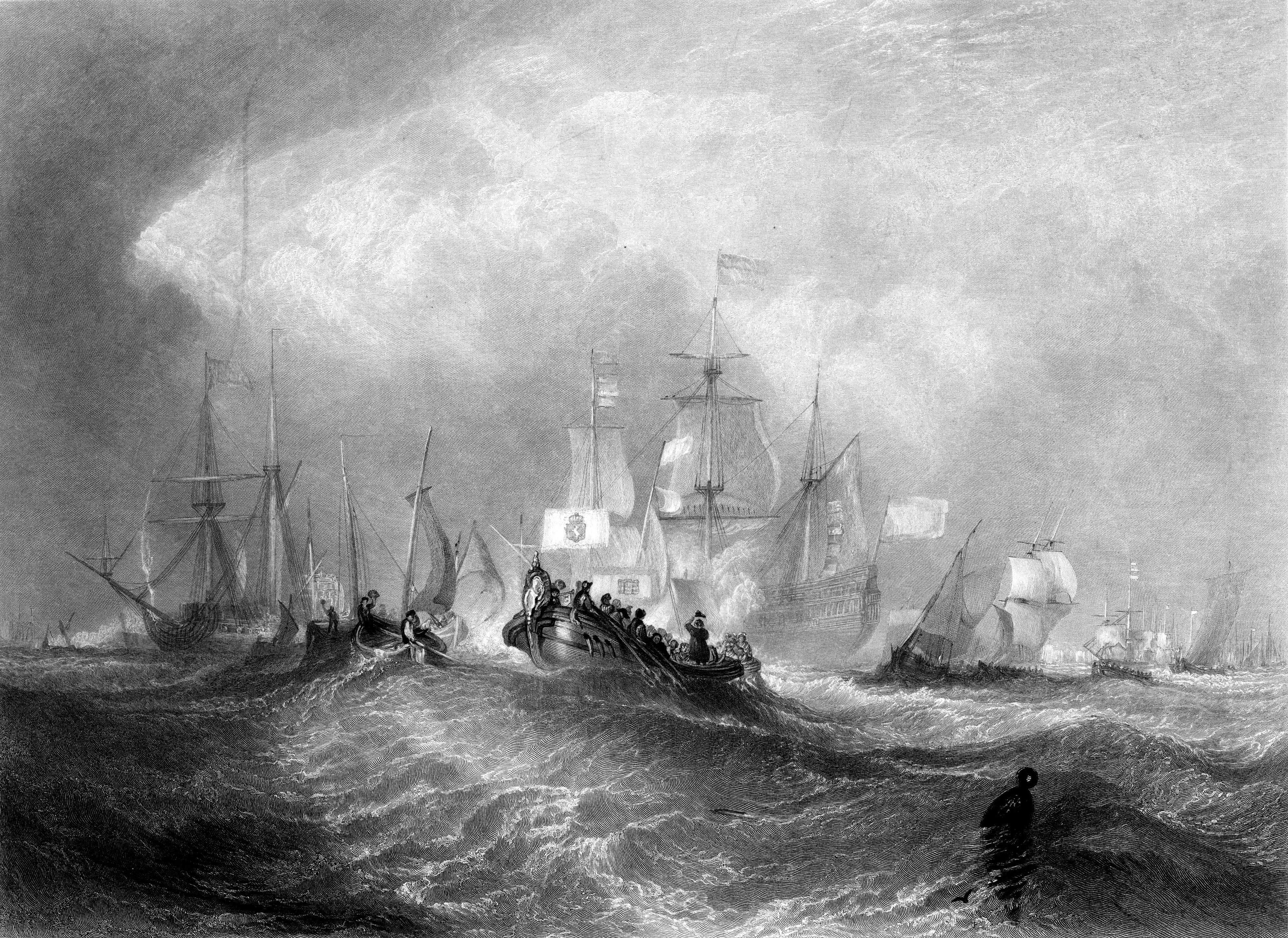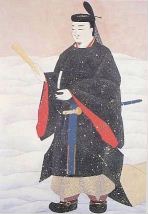|
Kujō Morotaka
, son of regent Sukezane, was a ''kugyō'' or Japanese court noble of the Edo period (1603–1868). His consort was a daughter of fourth head of Hiroshima Domain The was a large domain that owned all of Aki Province and half of Bingo Province. It occupies most of current Hiroshima Prefecture. The domain office was located at Hiroshima Castle in Sato District, Aki Province (renamed Numata District in 1 ... Asano Tsunanaga; Morotaka and she adopted his biological younger brother Yukinori as their son. References * 1688 births 1713 deaths Fujiwara clan Kujō family {{japan-noble-stub ... [...More Info...] [...Related Items...] OR: [Wikipedia] [Google] [Baidu] |
Kujō Sukezane
, son of Kaneharu, was a ''kugyō'' or Japanese court noble of the Edo period (1603–1868). He held regent positions sesshō from 1712 to 1716 and kampaku from 1716 to 1722. He married a daughter of Emperor Go-Sai; the couple had three sons, Morotaka, Yukinori and Naozane, and a daughter who later became a consort of Tokugawa Yoshimichi, fourth head of Owari Domain later known as Zuisho-in. Family *Father: Kujō Kaneharu *Mother: Tokihime *Wife: Imperial Princess Mashiko (1669-1738) *concubine: unknown *Children: ** Kujō Morotaka , son of regent Sukezane, was a ''kugyō'' or Japanese court noble of the Edo period (1603–1868). His consort was a daughter of fourth head of Hiroshima Domain The was a large domain that owned all of Aki Province and half of Bingo Provin ... by Mashiko ** Kujō Yukinori by Concubine later adopted by Mashiko ** Kujō Naozane by Mashiko ** Kujo Sukeko married Tokugawa Yoshimichi by Mashiko References * 1669 births 1729 death ... [...More Info...] [...Related Items...] OR: [Wikipedia] [Google] [Baidu] |
Kugyō
is the collective term for the very few most powerful men attached to the court of the Emperor of Japan in pre-Meiji eras. The term generally referred to the and court officials and denoted a court rank between First Rank and Third Rank under the '' Ritsuryō'' system, as opposed to the lower court nobility, thus being the collective term for the upper court nobility. However, later on some holders of the Fourth Rank were also included. In 1869, following the Meiji Restoration, the court nobility and daimyo were merged into a new peerage, the '' kazoku''. Overview The ''kugyō'' generally refers to two groups of court officials: * the ''Kō'' (公), comprising the Chancellor of the Realm, the Minister of the Left, and the Minister of the Right; and * the ''Kei'' (卿), comprising the Major Counsellor, the Middle Counsellor, and the Associate Counselors, who held the court rank of Third Rank or higher. History The ''kugyō'' originated from the Three Lords a ... [...More Info...] [...Related Items...] OR: [Wikipedia] [Google] [Baidu] |
Edo Period
The , also known as the , is the period between 1600 or 1603 and 1868 in the history of Japan, when the country was under the rule of the Tokugawa shogunate and some 300 regional ''daimyo'', or feudal lords. Emerging from the chaos of the Sengoku period, the Edo period was characterized by prolonged peace and stability, urbanization and economic growth, strict social order, Isolationism, isolationist foreign policies, and popular enjoyment of Japanese art, arts and Culture of Japan, culture. In 1600, Tokugawa Ieyasu prevailed at the Battle of Sekigahara and established hegemony over most of Japan, and in 1603 was given the title ''shogun'' by Emperor Go-Yōzei. Ieyasu resigned two years later in favor of his son Tokugawa Hidetada, Hidetada, but maintained power, and defeated the primary rival to his authority, Toyotomi Hideyori, at the Siege of Osaka in 1615 before his death the next year. Peace generally prevailed from this point on, making samurai largely redundant. Tokugawa sh ... [...More Info...] [...Related Items...] OR: [Wikipedia] [Google] [Baidu] |
Hiroshima Domain
The was a large domain that owned all of Aki Province and half of Bingo Province. It occupies most of current Hiroshima Prefecture. The domain office was located at Hiroshima Castle in Sato District, Aki Province (renamed Numata District in 1664), Hiroshima (present-day Motomachi, Naka Ward, Hiroshima, Hiroshima City, Hiroshima Prefecture). It is often called Geishu Domain (or Aki Domain). The Hiroshima Domain was based at Hiroshima Castle in Aki Province, in the modern city of Hiroshima, located in the Chūgoku region of the island of Honshu. The Hiroshima Domain was ruled for most of its existence by the ''daimyō'' of the Asano clan and encompassed Aki Province and parts of Bingo Province with a ''Kokudaka'' system value of 426,500 ''koku''. The Hiroshima Domain was dissolved in the abolition of the han system in 1871 by the Meiji government and its territory was absorbed into Hiroshima Prefecture. History During the Kamakura period, Mōri Tsunemitsu, Mori Tsunemitsu grant ... [...More Info...] [...Related Items...] OR: [Wikipedia] [Google] [Baidu] |
Asano Tsunanaga
was a Japanese ''daimyō'' of the Edo period, who ruled the Hiroshima Domain. He was the chamberlain of Aki and held the title of '' Aki no kami''. His childhood name was Iwamatsu (岩松). During the 47 ''rōnin'' incident, Tsunanaga sent a messenger to Akō, which was ruled by a branch family of the Hiroshima Asano, and recommended that Ōishi Kuranosuke peacefully surrender the castle to the shogunate's envoys. His daughter married the court noble Ichijō Kaneka. Family * Father: Asano Tsunaakira * Mother: Kujō Aiko (d. 1659), daughter of the regent Kujō Michifusa (son of the regent Kujō Yukiie and Toyotomi Sadako), and Matsudaira Tsuruhime (daughter of Matsudaira Tadanao, 2nd Daimyo of Fukui Domain and Tokugawa Katsuhime, daughter of the 2nd shōgun Tokugawa Hidetada and Asai Oeyo)) * Wife: Tokugawa Atehime (1666–1683), daughter of Tokugawa Mitsutomo, 2nd Daimyo of Owari Domain * Children: ** Asano Yoshinaga by Atehime ** Asano Nagakata (1693–1744) ** ... [...More Info...] [...Related Items...] OR: [Wikipedia] [Google] [Baidu] |
Kujō Yukinori
, son of Sukezane and adopted son of his brother Morotaka, was a ''kugyō'' or Japanese court noble of the Edo period (1603–1868). He married a daughter of Tokugawa Yoshimichi (fourth head of Owari Domain) and adopted daughter of Tokugawa Tsugutomo (sixth head of Owari Domain) known as Shinjuin (1706-1757). The couple had two sons: Kujō Tanemoto and Nijō Munemoto. Family *Father: Kujō Sukezane , son of Kaneharu, was a ''kugyō'' or Japanese court noble of the Edo period (1603–1868). He held regent positions sesshō from 1712 to 1716 and kampaku from 1716 to 1722. He married a daughter of Emperor Go-Sai; the couple had three sons, M ... *Mother: concubine *Foster mother: Imperial Princess Mashiko (1669-1738) *Wife: Senhime (1706-1757) *Children (all by Senhime): ** Kujō Tanemoto ** Nijō Munemoto References * 1700 births 1728 deaths Fujiwara clan Kujō family {{japan-noble-stub ... [...More Info...] [...Related Items...] OR: [Wikipedia] [Google] [Baidu] |
1688 Births
Events January–March * January 2 – Fleeing from the Spanish Navy, French pirate Raveneau de Lussan and his 70 men arrive on the west coast of Nicaragua, sink their boats, and make a difficult 10 day march to the city of Ocotal. * January 5 – Pirates Charles Swan and William Dampier and the crew of the privateer ''Cygnet'' become the first Englishmen to set foot on the continent of Australia. * January 11 – The Patta Fort and the Avandha Fort, located in what is now India's Maharashtra state near Ahmednagar, are captured from the Maratha clan by Mughul Army commander Matabar Khan. The Mughal Empire rules the area 73 years. * January 17 – Ilona Zrínyi, who has defended the Palanok Castle in Hungary from Austrian Imperial forces since 1685, is forced to surrender to General Antonio Caraffa. * January 29 – Madame Jeanne Guyon, French mystic, is arrested in France and imprisoned for seven months. * January 30 (January 20, 1687 old ... [...More Info...] [...Related Items...] OR: [Wikipedia] [Google] [Baidu] |
1713 Deaths
Events January–March * January 17 – Tuscarora War: Colonel James Moore leads the Carolina militia out of Albemarle County, North Carolina, in a second offensive against the Tuscarora. Heavy snows force the troops to take refuge in Fort Reading, on the Pamlico River. * February 1 – Skirmish at Bender, Moldova: Charles XII of Sweden is defeated by the Ottoman Empire. * February 4 – Tuscarora War: The Carolina militia under Colonel James Moore leaves Fort Reading, to continue the campaign against the Tuscarora. * February 25 – Frederick William I of Prussia begins his reign. * March 1 – Tuscarora War: Colonel James Moore's Carolina militia lays siege to the Tuscaroran stronghold of Fort Neoheroka, located a few miles up Contentnea Creek from Fort Hancock. * March 20 – Tuscarora War: Colonel James Moore's Carolina militia launches a major offensive against Fort Neoheroka. * March 23 – Tuscarora War: Fort Neoheroka falls to ... [...More Info...] [...Related Items...] OR: [Wikipedia] [Google] [Baidu] |
Fujiwara Clan
The was a powerful family of imperial regents in Japan, descending from the Nakatomi clan and, as legend held, through them their ancestral god Ame-no-Koyane. The Fujiwara prospered since ancient times and dominated the imperial court until the Meiji Restoration in 1868. They held the title of Ason. The abbreviated form is . The 8th century clan history states the following at the biography of the clan's patriarch, Fujiwara no Kamatari (614–669): "Kamatari, the Inner Palace Minister who was also called ‘Chūrō'',''’ was a man of the Takechi district of Yamato Province. His forebears descended from Ame no Koyane no Mikoto; for generations they had administered the rites for Heaven and Earth, harmonizing the space between men and the gods. Therefore, it was ordered their clan was to be called Ōnakatomi" The clan originated when the founder, Nakatomi no Kamatari (614–669) of the Nakatomi clan, was rewarded by Emperor Tenji with the honorific "Fujiwara"after the w ... [...More Info...] [...Related Items...] OR: [Wikipedia] [Google] [Baidu] |



